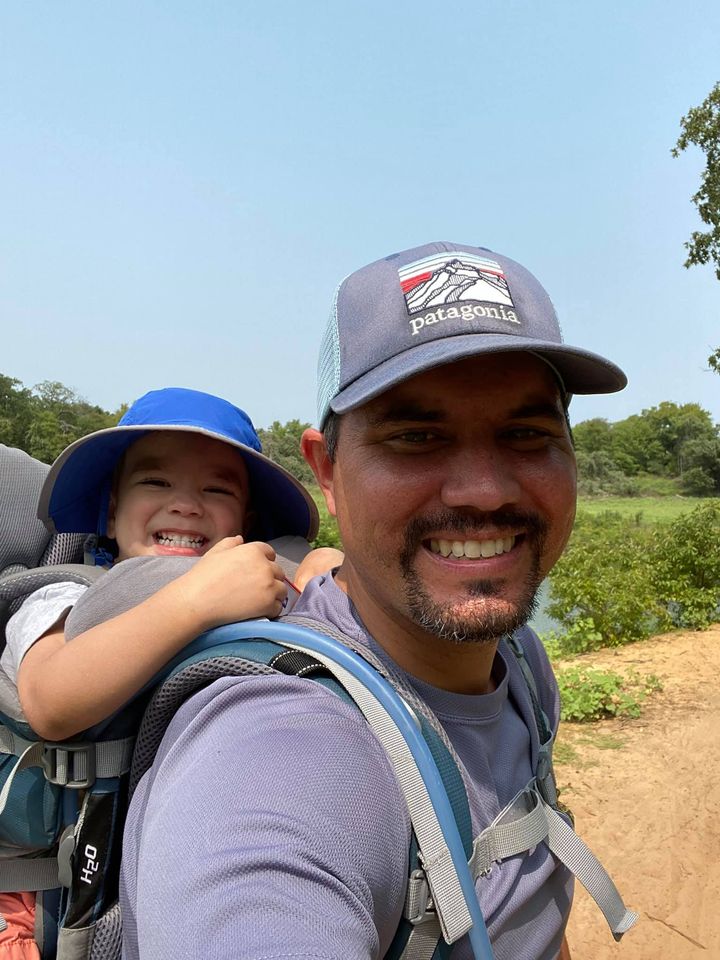
This article was written by Matt Feryan, City of Grapevine, Texas – Emergency Management Coordinator. Matt wrote this article as part of the Crisis Management Cohort with Drucker Institute. Read all the articles from the cohort here. Connect with Matt on LinkedIn, Email, or Twitter.
Hello ELGL. I’m Matt Feryan, an emergency management professional in the Dallas-Fort Worth area. I currently work for the City of Grapevine, Texas, and have been involved with emergency management since 2006. I’m originally from Central California (Fresno/Clovis) and came to North Texas in 2009 to pursue a Master’s in Public Administration from the University of North Texas. My wife, Ashleigh, is also a local government professional (#GovLove) and we have two amazing kiddos and a pup.
Exploring the work and guidance of Peter Drucker was enlightening and timely as we face ongoing crises. As a result of my experience with the 2020 Crisis Management Cohort, I now have a decision-making toolkit to employ during these unprecedented times.
My first aha moment came as we learned how to manage in turbulent times. While great uncertainty exists throughout a crisis, this lesson preached the mantra of, “Don’t be clever, be conscientious.” So often leaders want to find the silver bullet and solve problems with creative solutions, at the risk of denying what’s really happening. During a crisis, we must implement a back-to-basics approach that gets what must be done, done. Additionally, leaders must define what’s predictable based on a reasonable assessment of what has already occurred (reality). From there, what’s predictable can be acted upon.
Competing and conflicting values are increasingly controversial so our work to learn about Roger Martin’s theory of Integrative Thinking will have immediate and long-term applicability. All leaders are faced with opposing priorities. However, the successful leader meshes seemingly opposing realities into a coalesced solution that’s better than either solution by themselves. This art and skill require an unwavering commitment to innovation so that the new integrated solution removes any prior tensions associated with the competing ideas.
Effective decision making is a core function of leaders, especially during crises. As we discovered, the hardest part of decision making is ensuring leaders are making a decision for the right problem. In most cases, decisions should be made by those closest to the problem and accomplished through existing organizational authorities, responsibilities, and accountability. The few decisions that cannot be made within the ranks of the organization then emerge as issues to be addressed by the leader. In these cases, a courageous and effective decision-making process must be implemented. As described by Drucker, the seven elements of decision making include: determine whether a decision is necessary, classify the problem, define the problem, decide on what is right, get others to buy the decision, build action into the decision, and test the decision against actual results.
In the future, I anticipate carrying forward elements of each lesson outlined above. My hope is that I can be more conscientious than clever, artfully integrative, and courageous in my decision making. I am grateful for the opportunity to have participated in the Crisis Management Cohort and look forward to implementing newfound skills.
